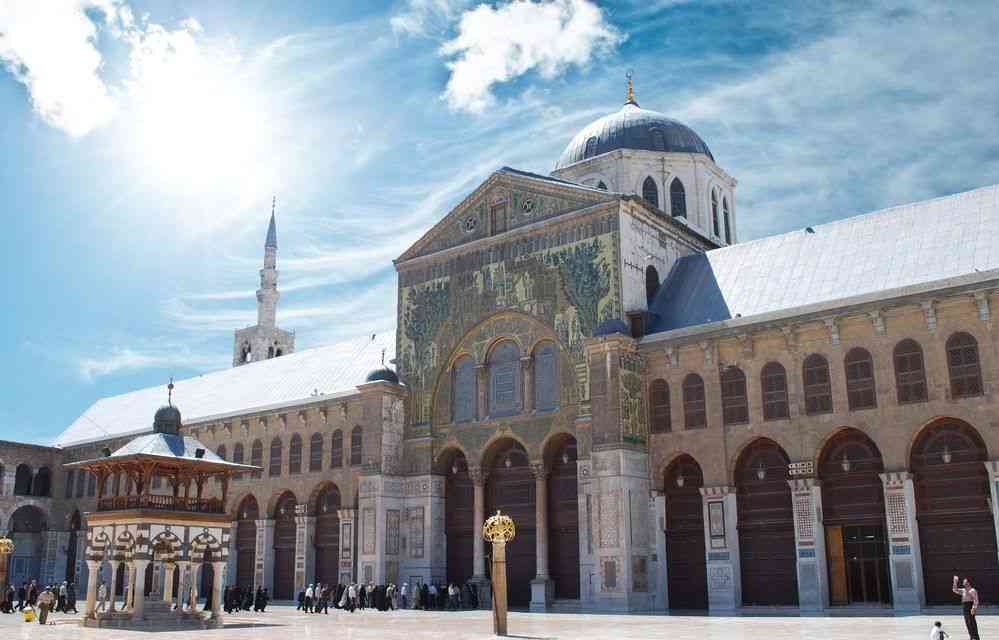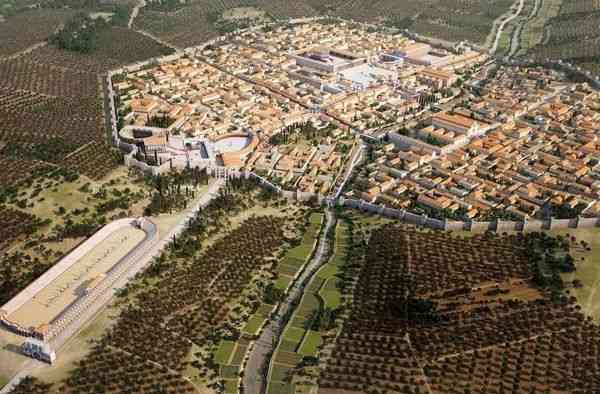The ancient city of Jerash is distinguished as one of the largest ancient Roman cities. It is considered a museum of wonderful arts and architecture, which contains more than 1000 Roman columns, varying between Ionian, Corinthian and Doric styles. So what is the city of a thousand pillars, and where is it located specifically, and what are the most prominent tourist places in it.
location
The ancient city of Jerash is located in the north of Jordan in the Arabian Peninsula, about 48 km away from the capital
The most important city for the Roman Empire
Jerash is considered one of the most important cities in the Eastern Roman Empire, for its strategic location, as it was one of the ten cities of the Decapolis.
"The Cities of the Decapolis, which is a federal economic and cultural union that included ten Roman cities, established by Commander Pompey in 64 BC in northern Jordan, Palestine and southern Syria to confront the power of the Arab Nabataean state in the south."
Jerash is considered one of the most important Roman commercial cities because of its presence on the road to commercial caravans, and it was prosperous and one of the richest Roman cities.
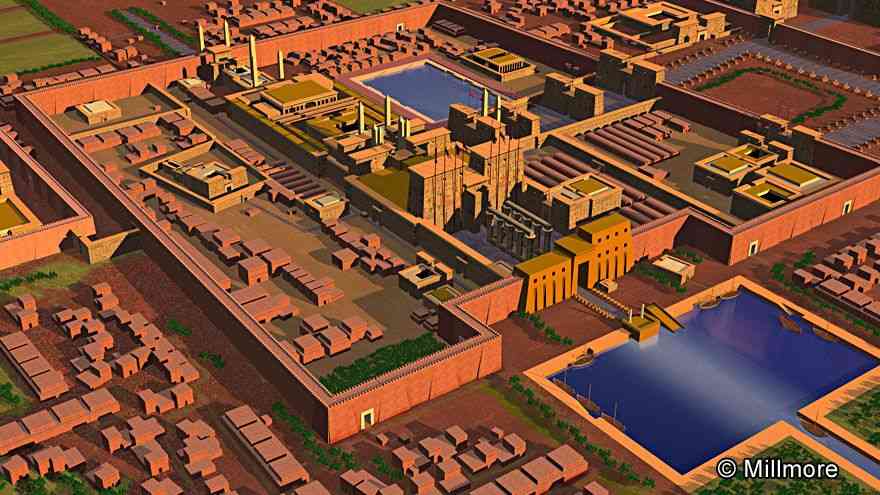
City history
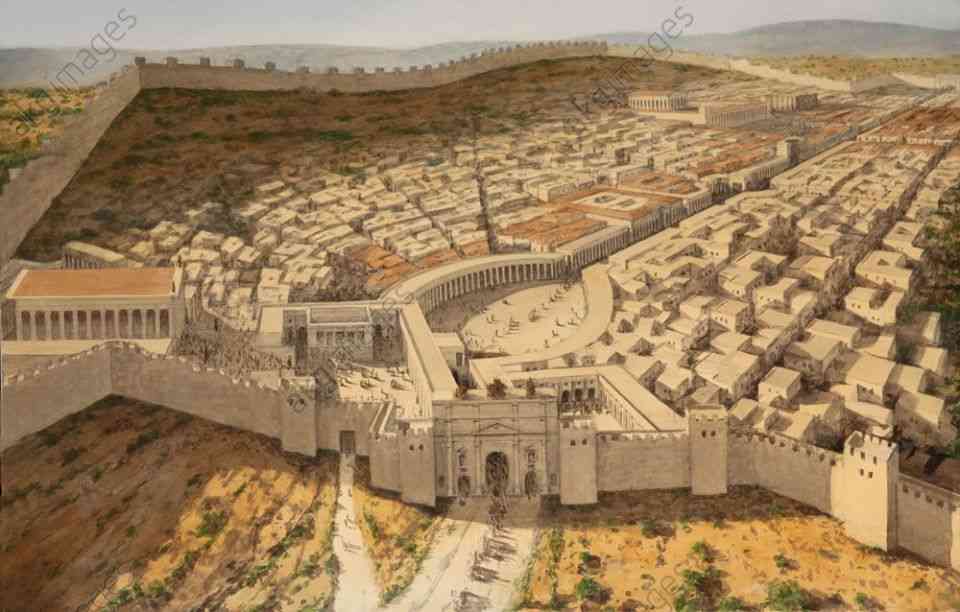
It was established during the reign of Alexander the Great in the fourth century BC [1] and it was called that as "Gracia". Then after the departure of Greece from the city, the Roman Empire took control of it and ruled it for nearly 400 years. Then the Islamic rule began over it, and many Umayyad mosques were built in the city and are now considered The ancient city is the most important tourist attraction in Jordan.
Architecture in the ancient city
Upon reaching the ancient city, you start your journey there by reaching Hadrian's Arch, which is the main gate to the ancient city, then entering the Hippodrome, which is a race field, then you reach the Roman theaters and the Oval Forum, then your journey continues to the Column Street, where it contains hundreds of Roman columns, then reach some buildings Wonderful archeology.
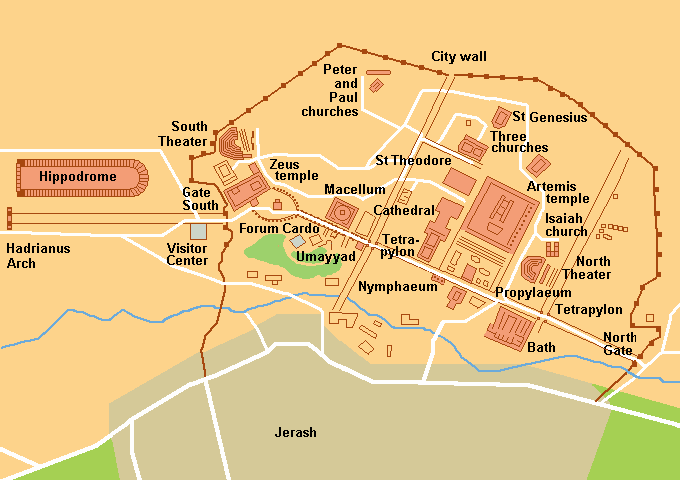
The ancient city of Jerash is considered the largest and oldest Roman city that still preserves its magnificent archaeological buildings.
- Triumphal Arch (Hadrian)
It is an architectural icon that was designed and built on the occasion of the reception of the Roman Emperor Hadrian when he arrived at Jerash where the architectural style in this icon is the Corinthian style. (The main path of the city) and small sub-arcs on the right and left. The icon is surmounted by an inscribed triangle carried by Roman columns, indicating the sublime and sublime of the Roman gods.
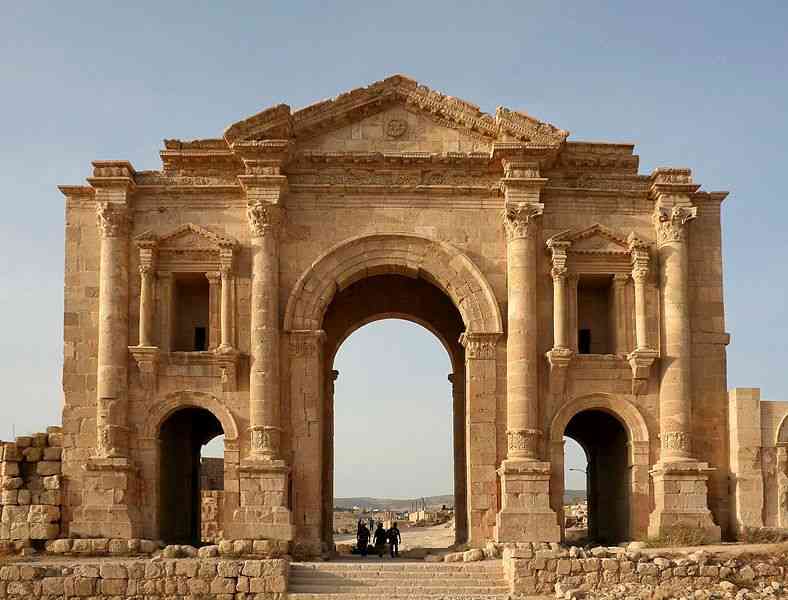
"This icon was considered an entrance to the Roman city, and the icon would not have an architectural purpose, but rather aesthetic only, and it means a symbol of strength for this civilization, such as the Arc de Triomphe in the center of Paris."
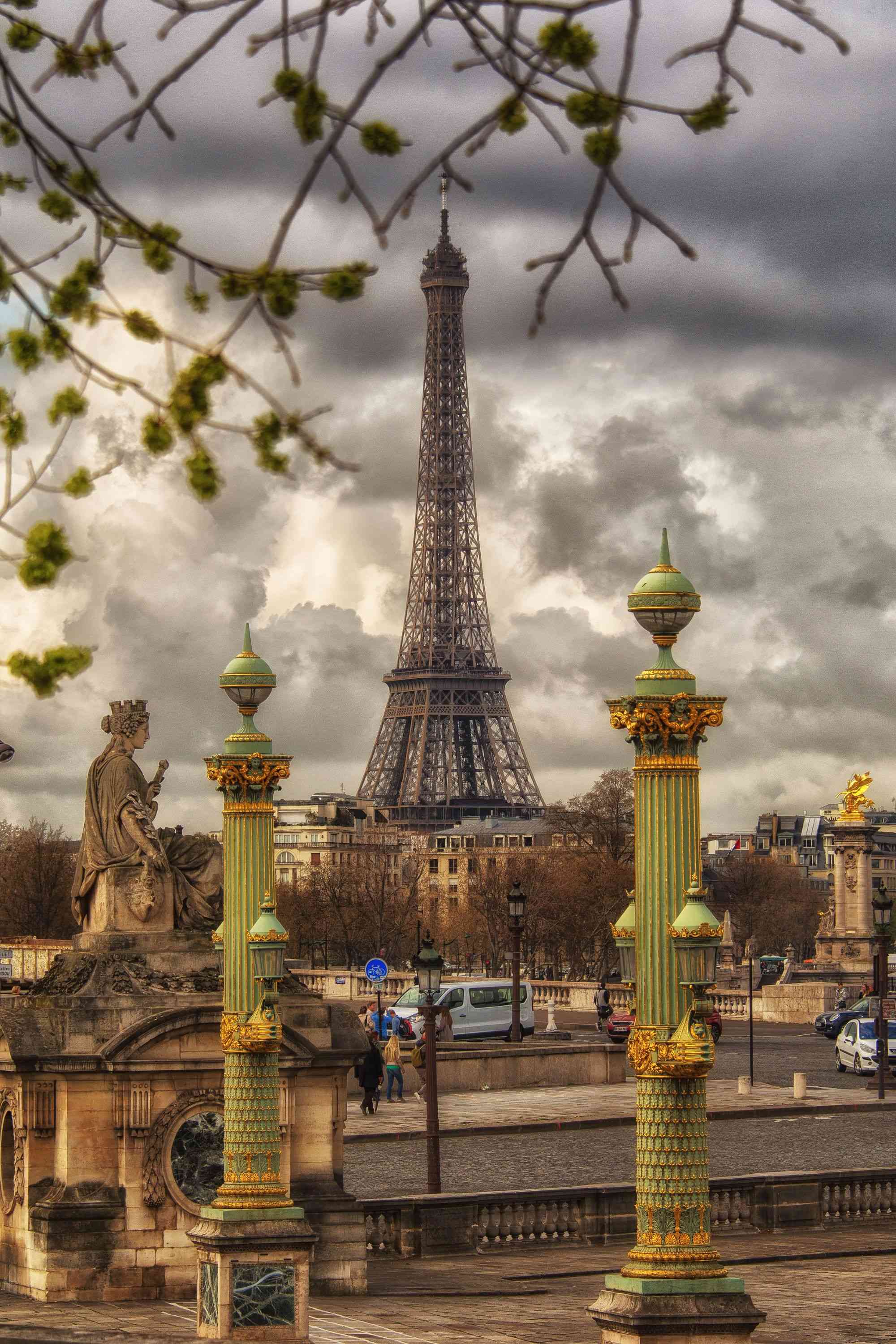
- Hippodrome
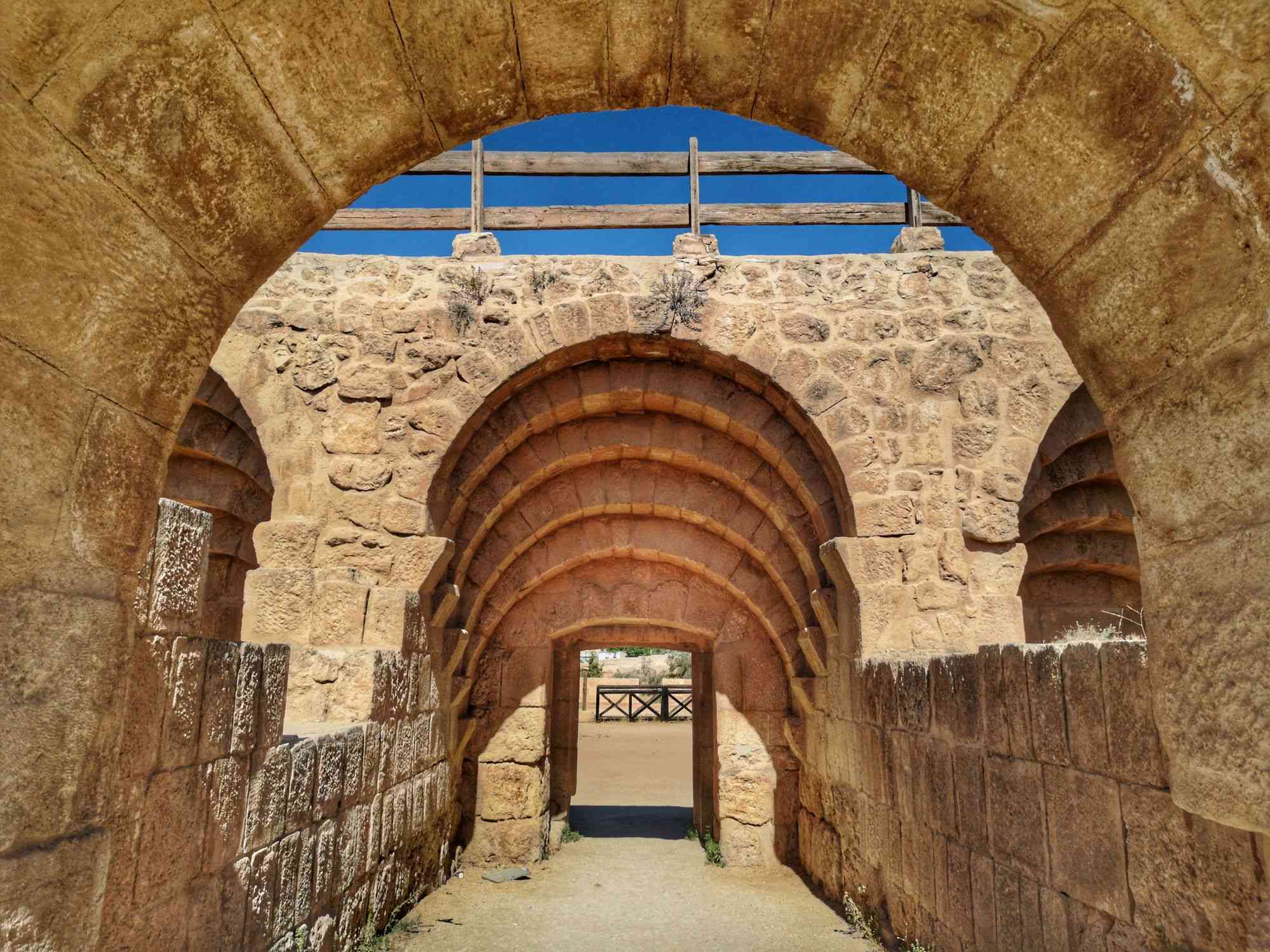
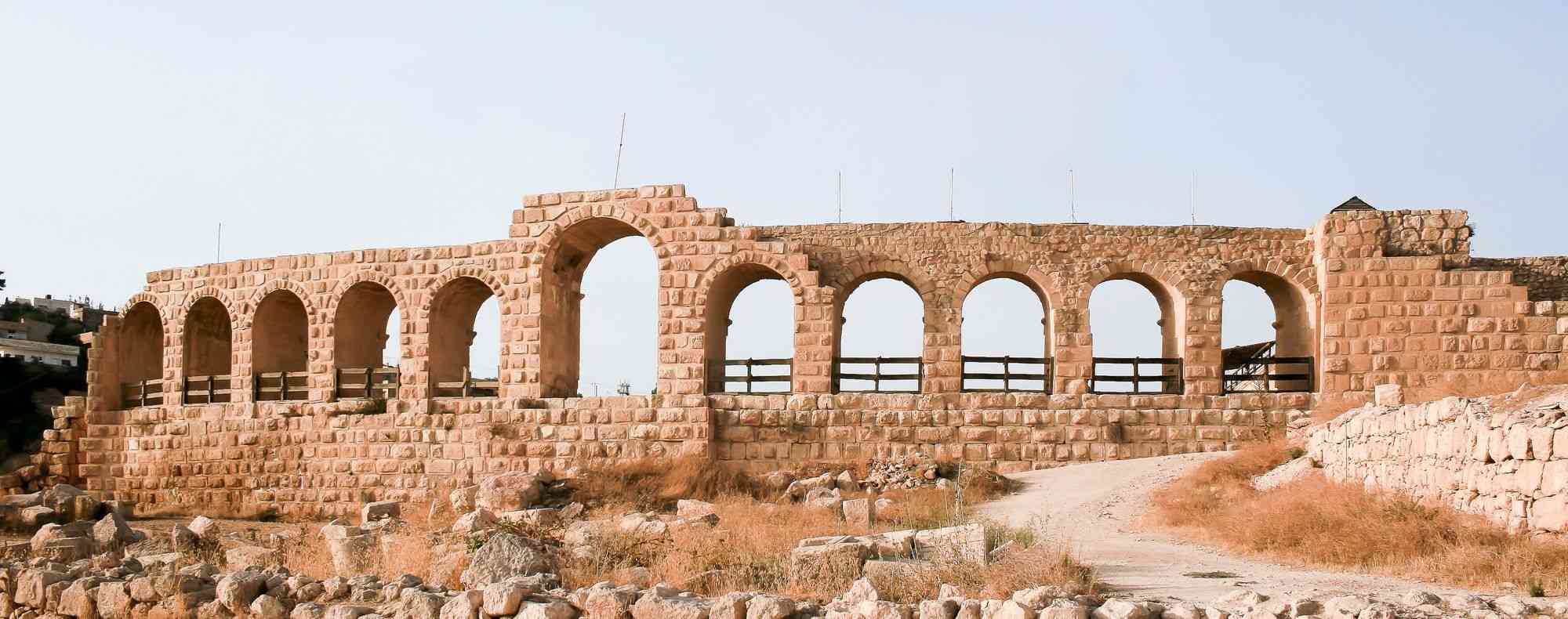
It is located next to Hadrian's Arch and is characterized by a wonderful façade containing 11 circular arches in the middle of which is a huge arch and the arena has six entrances for the audience and three entrances for the contestants and the entrances are characterized by the presence of unique arches containing several arcs each arc smaller than the other and this shape in the arches is very rare.
- Oval Forum
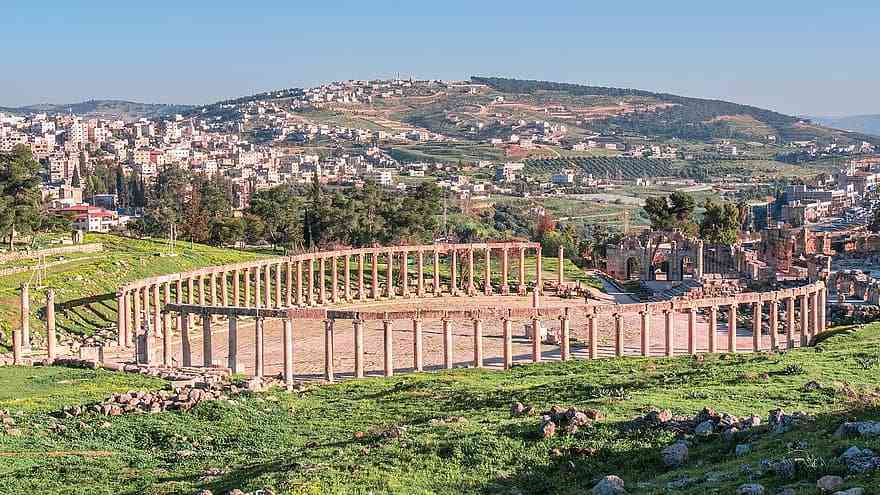
It is an oval square around which rows of columns of the Corinthian type revolve, and it was a shopping area, and there were also shops between the columns, and in the center of the square there was a column representing the torch, where in its place there was a well for water and this place was very sacred to the Romans that is reached through the southern gate It represents the beginning of the street of the columns and the oval shape indicates the welcome and the reception, it seems as if it embraces visitors to the city and even caravans to increase commercial activity
- Columns Street
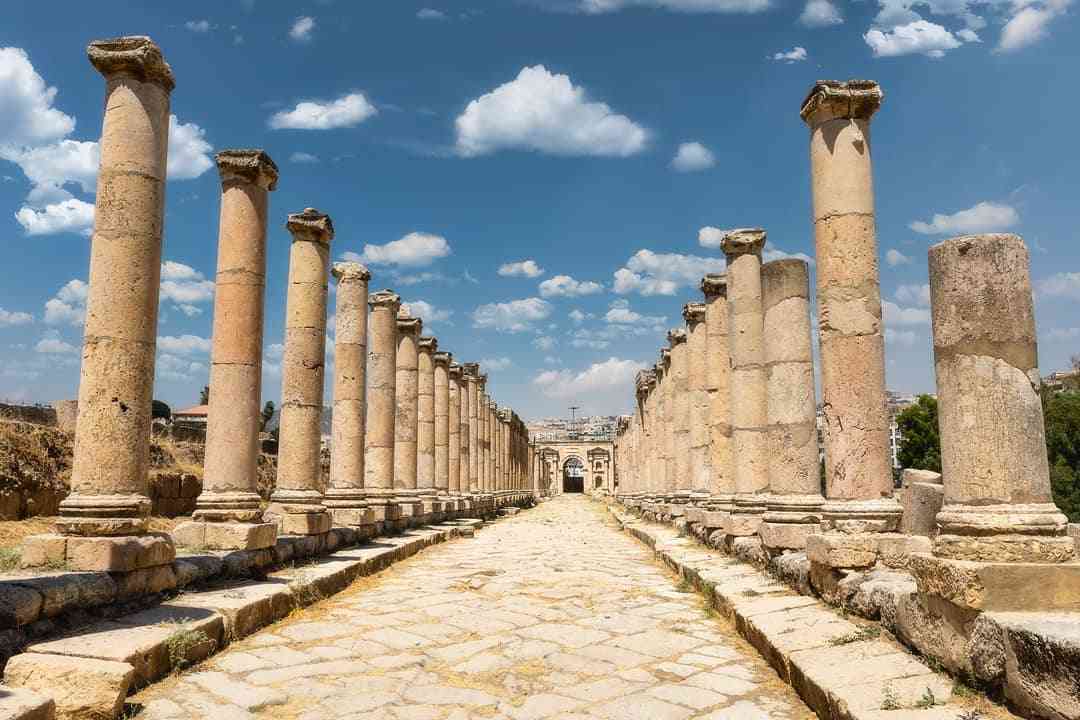
It is a street that extends between the Oval Forum and reaches the southern gate, and past religious and social places passes.
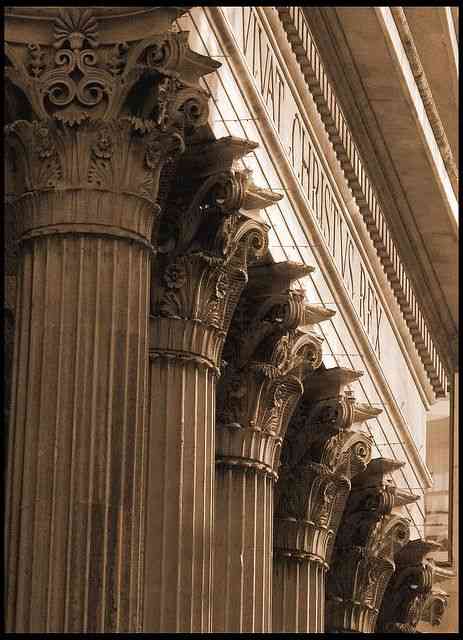
- The temple of Zeus
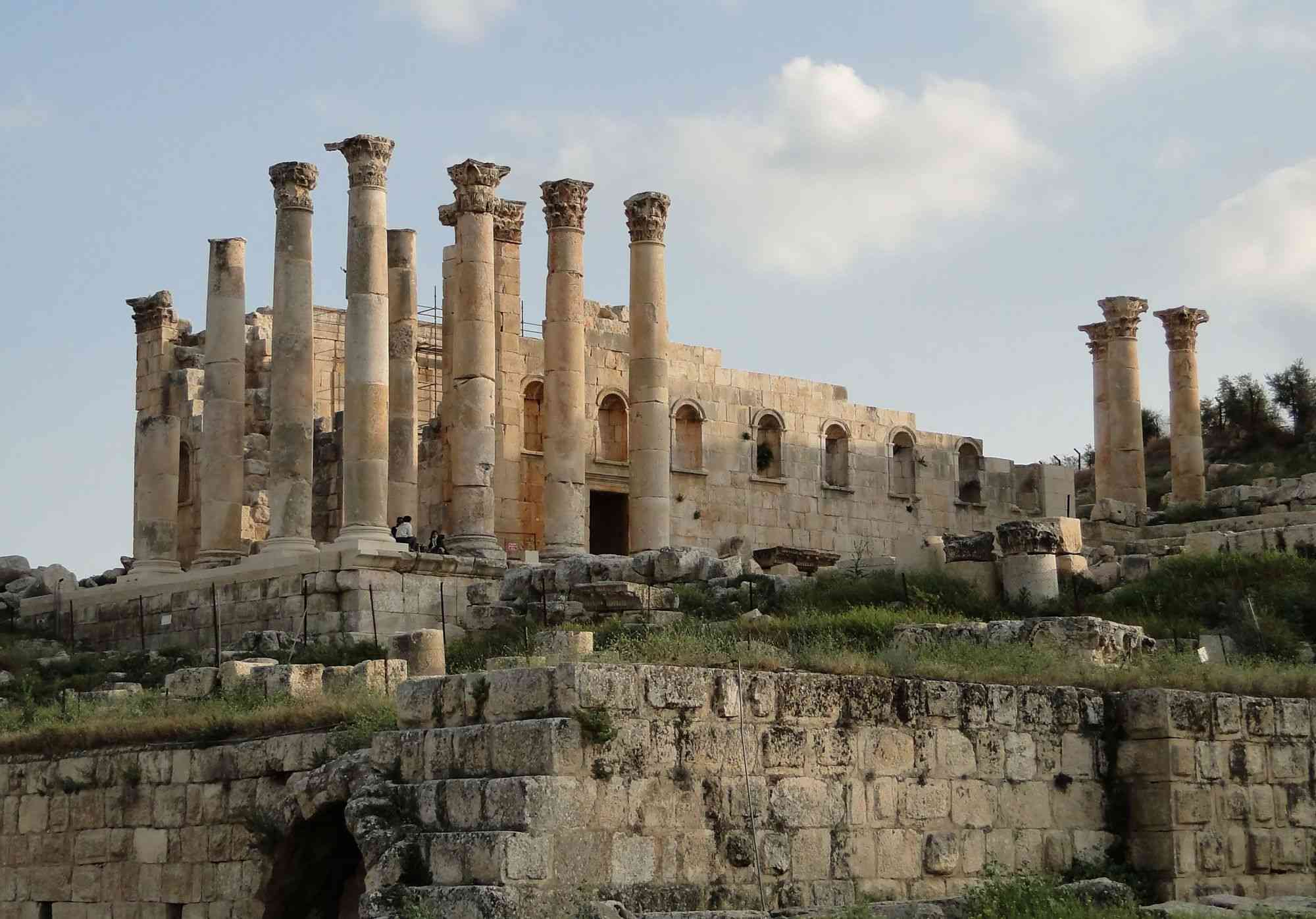
It is a temple that can be reached through the Columns Street and is located to the left of the Columns Street. This temple is from the Corinthian architecture and it is a temple dating back to the Iron Age and in the Roman era it was added to a synagogue [2] The temple contains columns up to 15 meters in length, one of the largest columns The old ones in the old Jerash used to contain statues of the gods and also contain gaps, which are arches of the type of horseshoe and enter into the interior in an oval shape, and its guest is to place lanterns for lighting inside the building and religious buildings are generally characterized by these elements in addition to their height, reaching a height of more than 20 Meters like churches
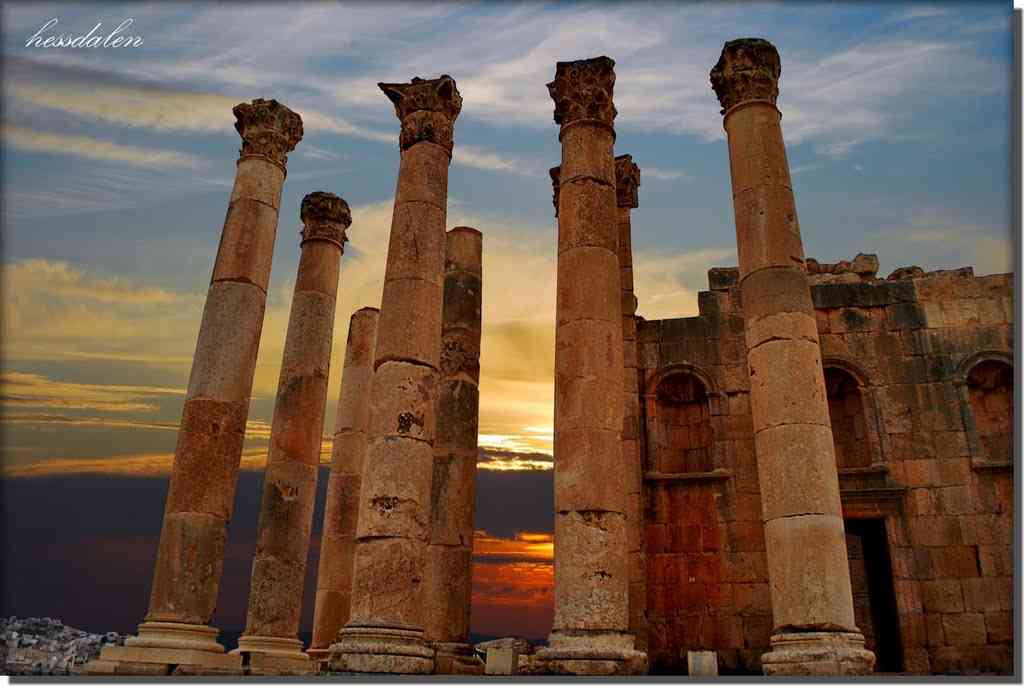
- Nymphaeum
It is a social place for people to meet and it is also found on the left of Al Columns Street and it contains a granite basin in front of a huge well and on this well there is a curved wall consisting of many wonderful engravings of nymphs and some mosaics and there are Corinthian-style columns, this edifice contains channels for drawing water to fill it Granite basin. There are many copies of this building in Greece, and it is also found in the Jordanian capital, Amman.
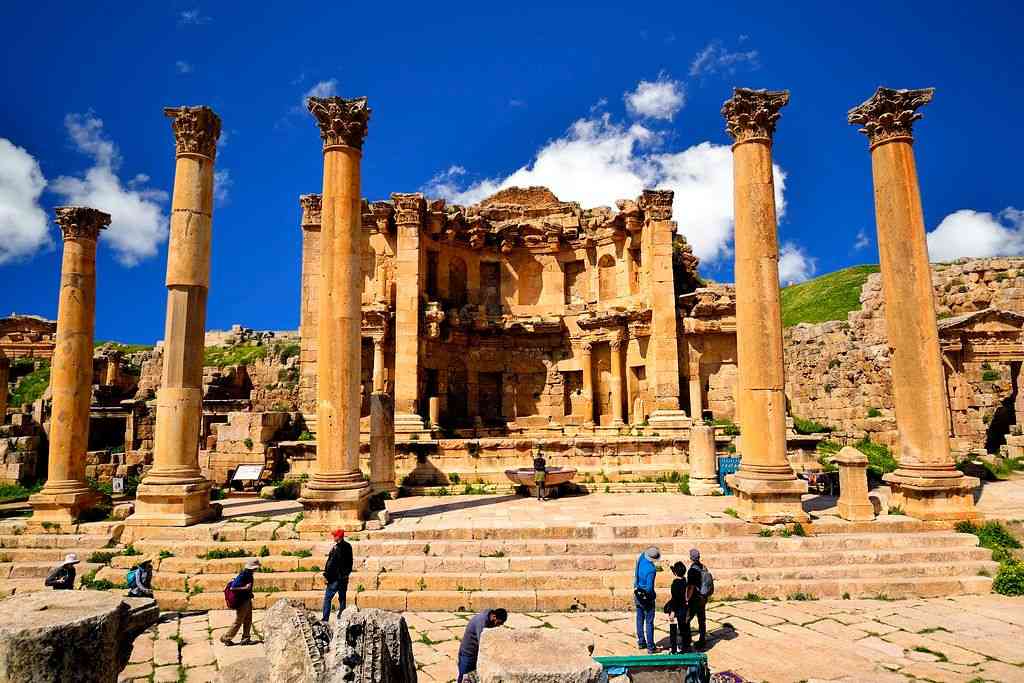
- Theaters
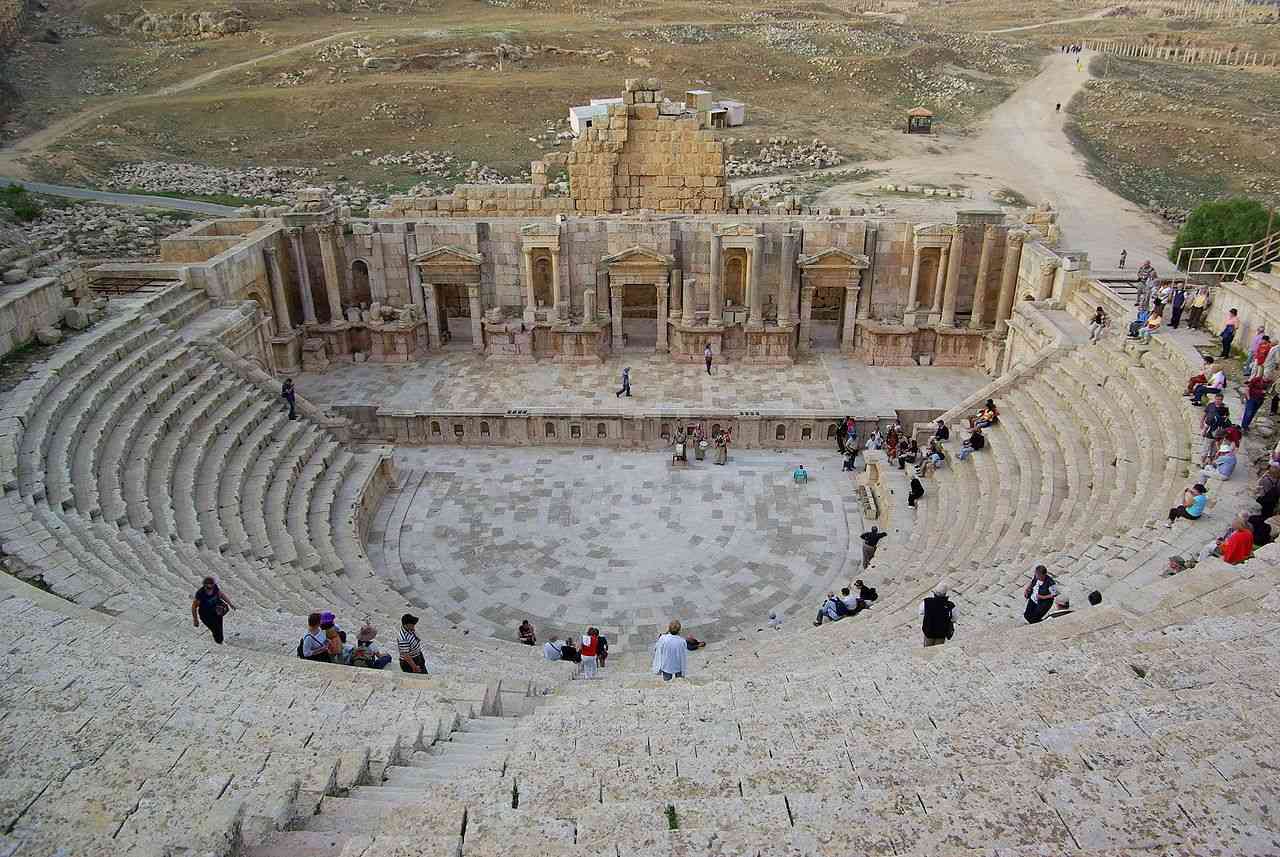
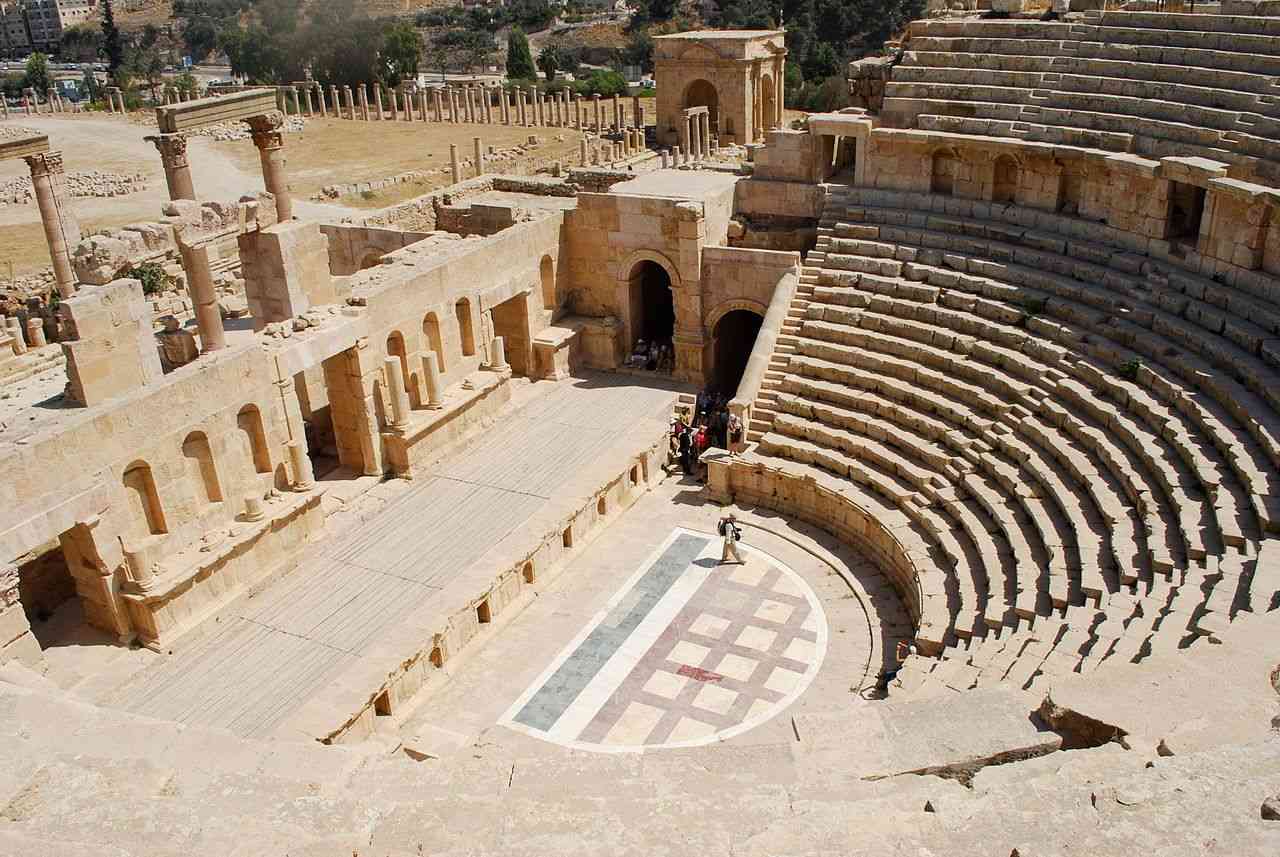
In the ancient city there are two theaters, one in the south and the other towards the north at the Oval Forum from the architectural point of view that the southern theater is larger than the northern one and also is characterized by more architectural additions than the other such as columns and gaps, the theater has two doors for visitors on the right and left and there are five doors for artists on the podium. The two theaters contain columns. And internal gaps to put lighting and the architectural style of the theater is the Corinthian style.
The theater contains a wonderful architectural miracle, which is the spread of sound without any amplifiers when standing at a certain point, and this phenomenon is due to the oval of the slasher, it is a half-oval and this phenomenon has a scientific and mathematical explanation and this theory depends on the focus in the ellipse and this focal point is the stopping point where the rays go out of focus And spread to the nearest part of the pieces.

Motasem ayasrh the Jerash Native
Thanks for reading!
source:
[1] https://hu.wikipedia.org/wiki/Dzseras
[2] Jerash, the heritage of past cultures, i. m. 12. old
Recommended reading:
